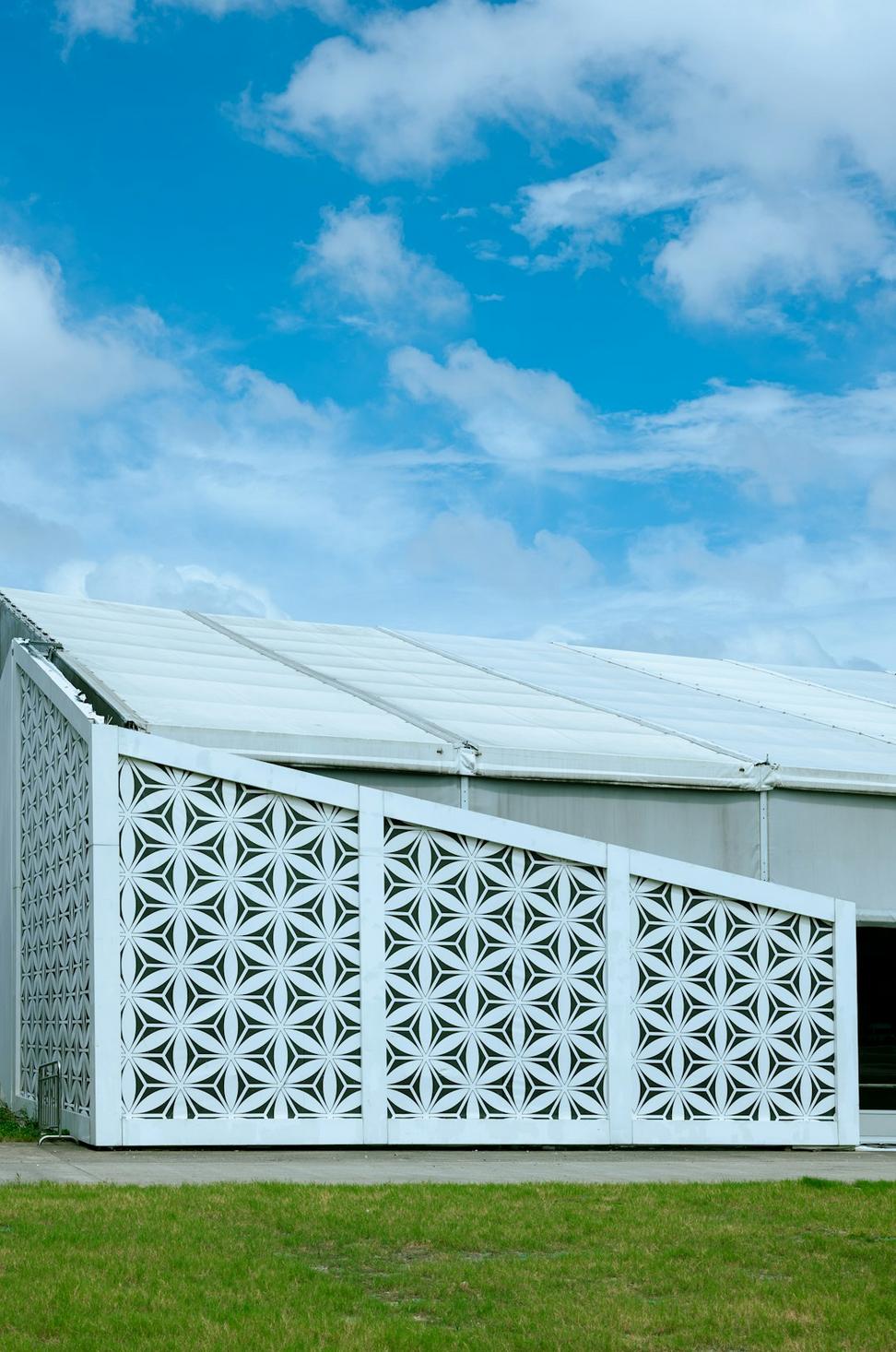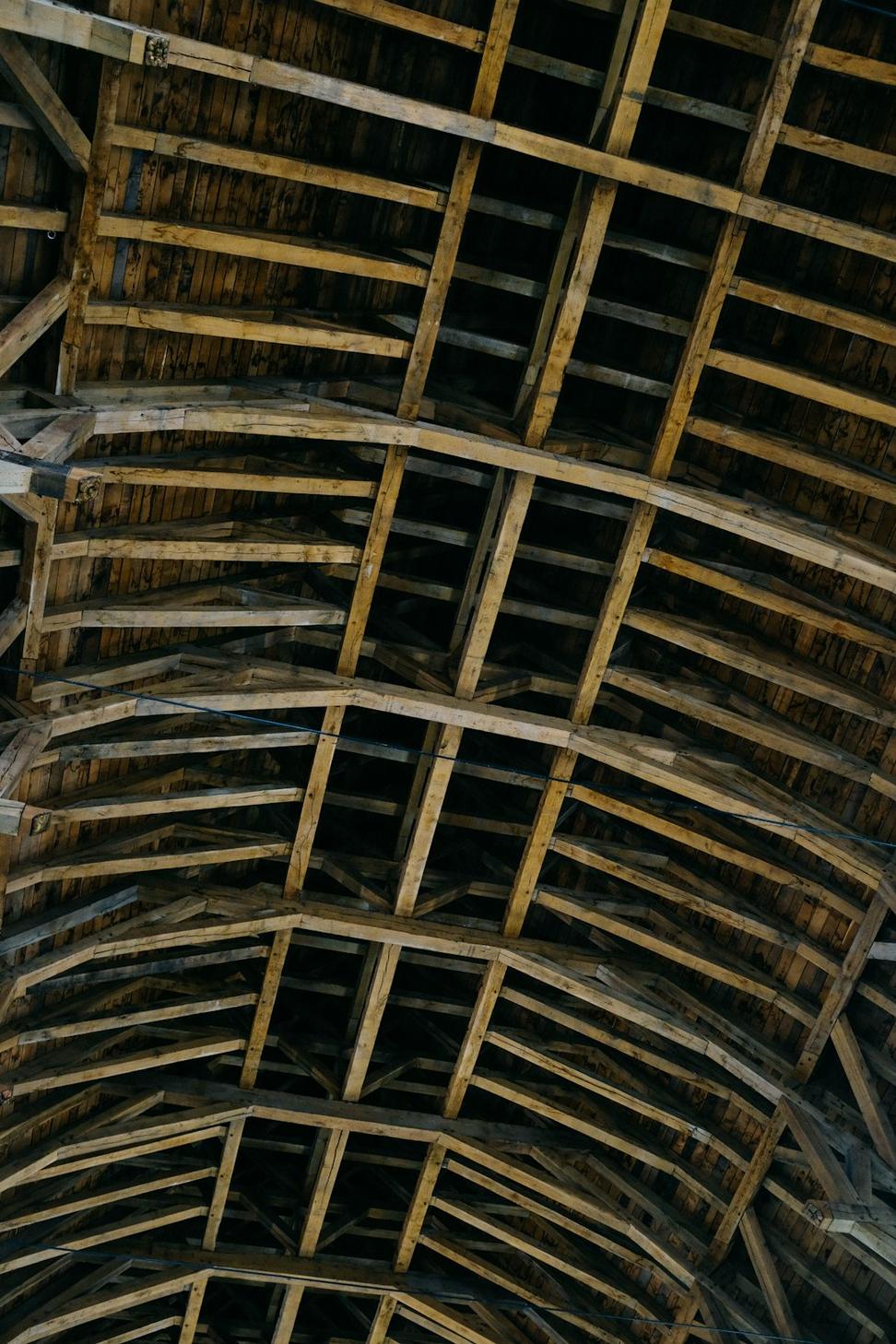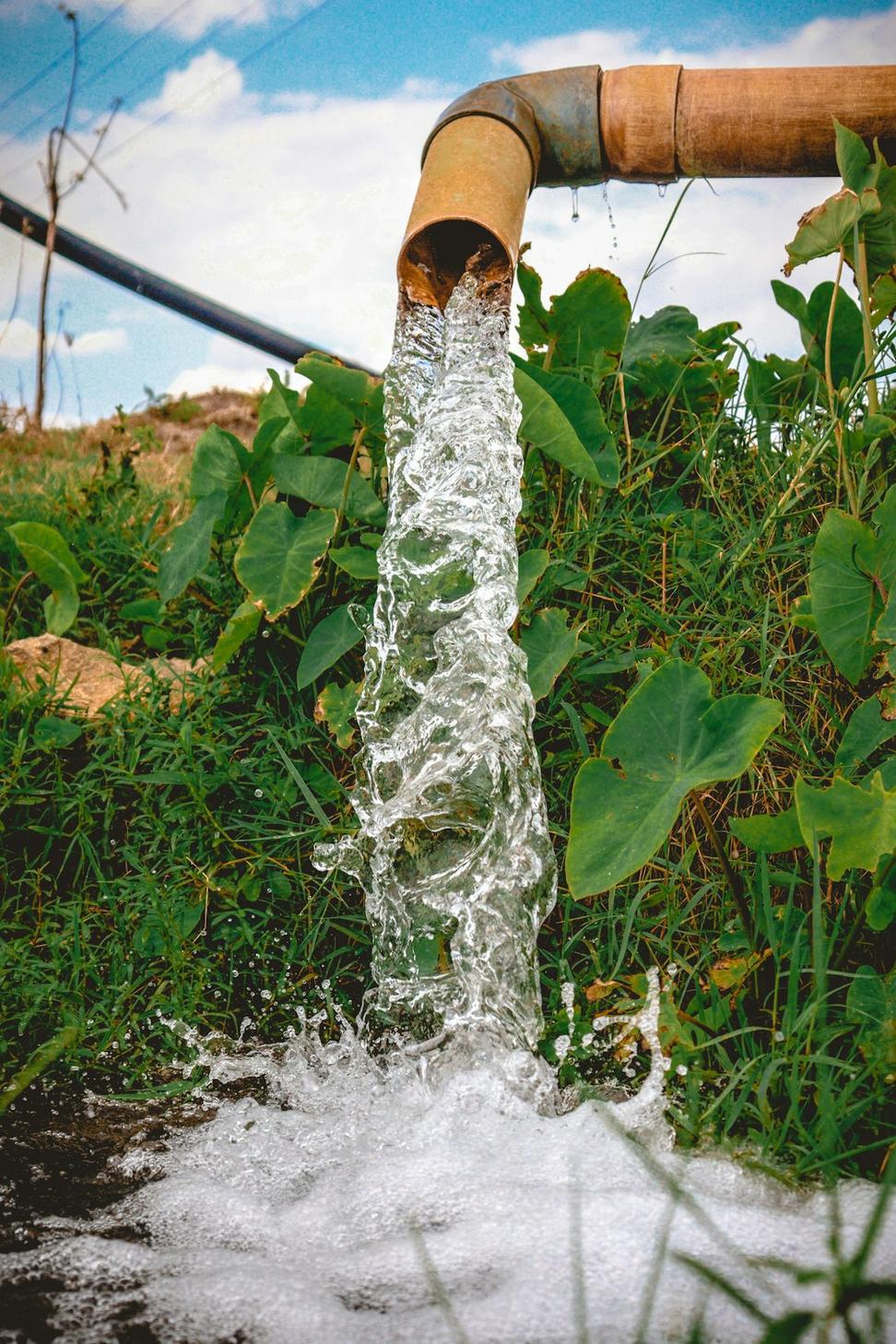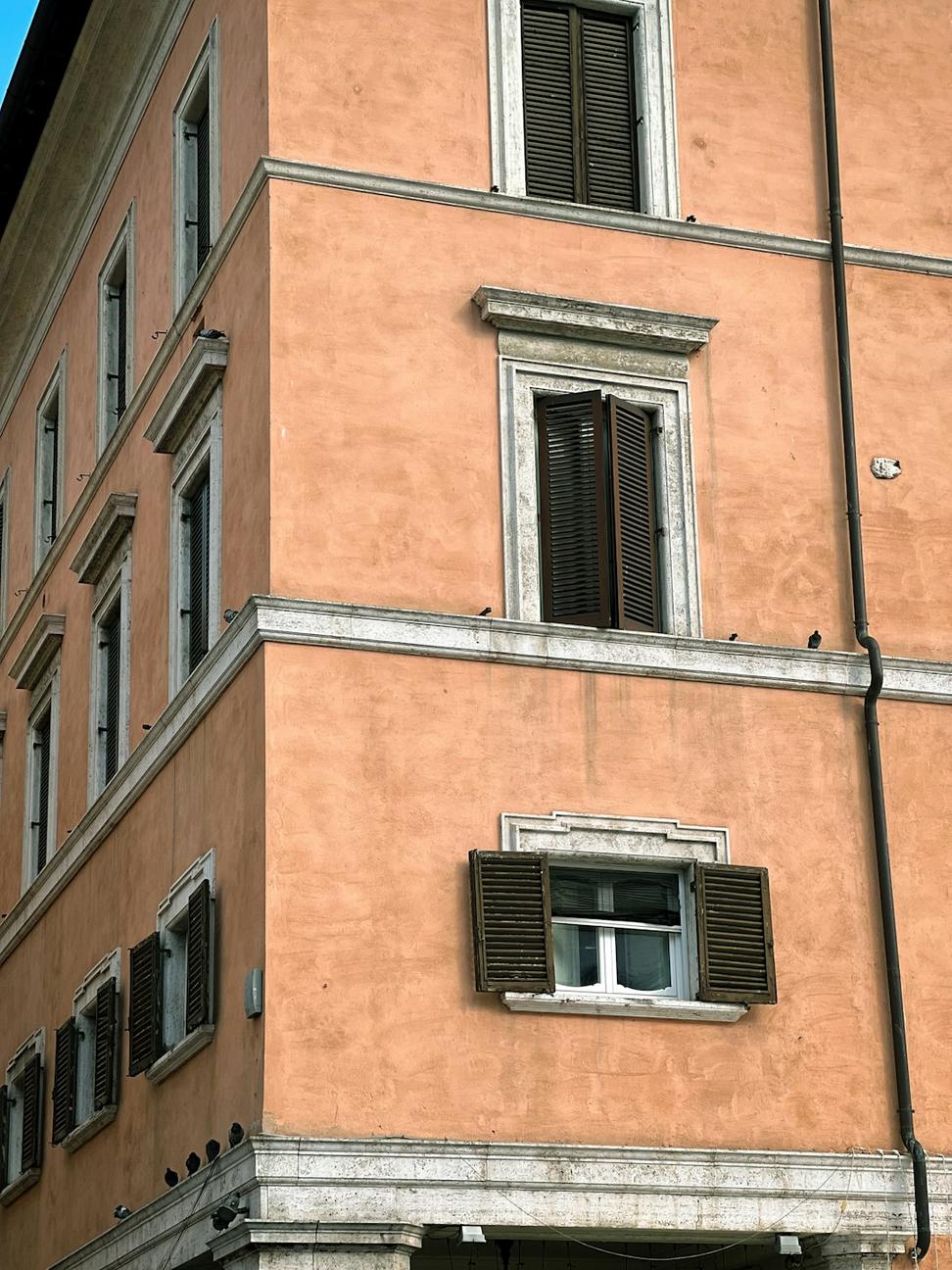
Why We're All-In on Green Building
Look, I'll level with you - when we started out, sustainability wasn't some checkbox to tick. Growing up around the Pacific Northwest, you see what happens when development doesn't respect the land. Those old-growth forests? They're not coming back in our lifetime.
So yeah, every project we take on has to answer one question: does this make things better or worse? We've turned down work that didn't meet that standard, and honestly, we sleep better for it.
The Nordic design philosophy we follow isn't just about clean lines - it's rooted in resource efficiency. Those Scandinavian builders figured out centuries ago how to work with nature, not against it. We're just bringing that wisdom into the 21st century.



